There have been a lot of characters with multiple personalities in the horror genre over the decades, and M. Night Shyamalan is adding another one into the mix with this weekend’s release of SPLIT. With that film coming out, this seemed like the appropriate time to take a look back at perhaps the most popular film about split personalities in the genre, Alfred Hitchcock’s 1960 classic PSYCHO. The movie to pair it with? Brian De Palma’s 1980 thriller DRESSED TO KILL tells its own distinct story while drawing obvious inspiration from Hitchcock’s film, so let’s see how well it does when it goes up against the film it’s paying homage to.
For nearly half of the film we follow Marion Crane, a real estate office secretary who steals $40,000 of a client’s cash in hopes of starting a new life with her debt-burdened boyfriend Sam Loomis. We see every major event that occurs during Marion’s journey from Arizona to Sam’s place in California, including when she catches the attention of a police officer by sleeping on the side of the road and when she switches vehicles at a car lot. We hear her thoughts as she imagines what people might be saying about her and her crime. Stopping at a place called Bates Motel, she has a sandwich and conversation with proprietor Norman Bates – then she gets murdered by a shadowy figure while taking a shower, getting removed from the movie in the most shocking way possible. We may not condone Marion’s act of theft, but we’re invested in the character and expect to continue following her story. This is one of the greatest character twists in history and is usually the reference when filmmakers want to throw viewers a curveball.
As DRESSED TO KILL begins, the focus is on Kate Miller, and Kate’s focus is primarily on sex. She’s married to a man who doesn’t satisfy her in bed, she dreams of failed seductions and sexual assault, she asks her therapist if he would be interested in sleeping with her. A trip to the museum becomes a silent seduction; she ends up leaving with, and having sex with, a complete stranger. A stranger who may have given her a venereal disease. You might think the film will be following Kate for the duration, that we’ll see her deal with the repercussions of her poor decision… But as soon as she leaves her diseased lover’s apartment, she’s slashed to death by a razor-wielding attacker in the elevator of his apartment building. We knew someone was going to be killed at some point, but it’s a surprise that the victim is Kate. Problem is, she never comes off as being very likeable, so her death doesn’t have much emotional impact despite the fact that we’ve just spent more than 30 minutes watching her.
Not much investigation is necessary, just some snooping, because Norman Bates is a lousy liar. He does his best to cover up Marion’s murder, but when a private investigator named Arbogast shows up at the motel looking for the thief Bates completely botches their conversation and stirs up a lot of interest in the little old lady who sits in the house behind the business. Norman says it’s his mother, but she’s been dead 10 years. After Arbogast is killed, Sam and Marion’s sister Lila pick up where he left off, convinced the little old lady is the person to talk to.
The detective working the Kate Miller case is as subtle as a sledgehammer with his questions; he’s got the tough “bad cop” act down to a science and does his best to bully the truth out of anyone who crosses his path. Prostitute Liz Blake was the only witness to Kate’s murder, making her the #1 suspect and another target for the killer, so she teams with Kate’s teenage son Peter to conduct an investigation of their own. They don’t have to take many steps to figure out the killer’s identity, but the killer isn’t as obvious about their guilt as Norman was.
Hitchcock keeps the killer’s face obscured until the end of the film, but from what we do see of her it is clear that Mrs. Bates does not have a strong sense of style. She does her killing while wearing old lady dresses and a wig that’s pulled back in a bun. While she’s quite adept at murdering people while dressed like this, you wouldn’t want to be caught dead in this outfit.
The title promotes the fact that the killer dons a particular look when pursuing victims, and that look involves a blonde wig, a leather trenchcoat, and sunglasses. De Palma does a decent job of obscuring the killer’s facial features, causing some blonde confusion at times, but an impressive look it’s not. Still, it works well enough and at least it’s more stylish than Mrs. Bates’s appearance.
Mrs. Bates is said to be dead, but we see her killing people, we hear her berating her son Norman. Was there some kind of cover-up? No, the little old lady is revealed to be a rotten corpse, and the killer turns out to be Norman Bates in his mother’s clothes. We need an explanation, and a doctor provides one in a monologue. It’s the story of a young man who murdered his domineering mother then couldn’t live without her, so he kept her corpse around and kept her alive as a second personality within himself. Gradually, the mother personality started to take over… and, out of jealousy, to murder women Norman felt attracted to. Exposition dumps are frowned upon, but this one is fascinating.
People come to psychiatrist Robert Elliott for help, not realizing that he is much more troubled than they are. As another psychiatrist explains, Robert’s conflicted desire to undergo a sex change has created two separate personalities: unstable female side Bobbi, and the male side that is trying to stop the operation from happening. To get back at Robert, Bobbi killed Kate for arousing him. When Liz does the same near the end of the film, Bobbi emerges again… It’s an interesting story of a psycho with multiple personalities, but the way the film mishandles the concept of gender reassignment surgery, treating it as a joke at times, can be rather cringeworthy when you look at it 37 years later.
Several sequences in PSYCHO play out with no dialogue, driven forward by the iconic music composed by Bernard Herrmann. Many of these occur during Marion’s attempted getaway as we follow the moves she makes on that ill-fated trip, but the most famous wordless sequence comes when Norman cleans up the murder scene, trying his best to wipe out every bit of evidence that Marion was ever at his motel. These sequences take up a lot of minutes, the clean-up alone takes around 10 minutes, but they’re so well shot and cut, we’re so invested in the characters, and Herrmann’s score is so strong that they never seem unnecessary or too long.
De Palma takes wordless sequences to an extreme in DRESSED TO KILL. In the first 35 minutes of the film, the characters exchange maybe around 7 minutes of dialogue. The silent seduction at the museum takes up 10 minutes, and as the film goes on there will be several more lengthy stretches without dialogue. Composer Pino Donaggio plays some good music over these sequences, but that doesn’t stop them from coming off as being painfully dull to me. Unable to connect with the characters, I don’t care what they’re doing when they’re not speaking, so as these sequences drag on and on I struggle to keep my attention on the film.
The outcome of this Face-Off isn’t much of a surprise, it’s a rare film that could challenge PSYCHO and have even a slight chance at coming out the victor, but DRESSED TO KILL fared well in some categories and I found it interesting to examine the similarities between the two films. I have some issues with DRESSED TO KILL’s pacing, but it’s a fine film in its own right. PSYCHO, on the other hand, is perfect.
Do you agree that PSYCHO is the clear victor in this match-up, or do you prefer DRESSED TO KILL? Let us know your thoughts on these films by leaving a comment below. If you have any suggestions for future Face-Off articles, you can contact me at [email protected].

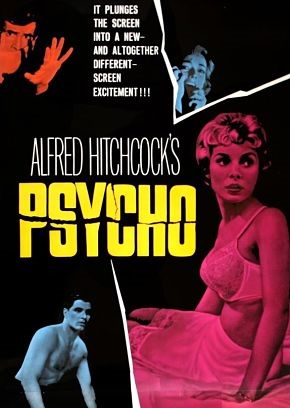
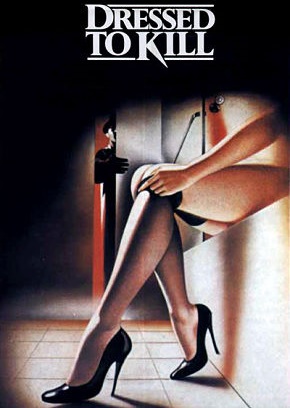




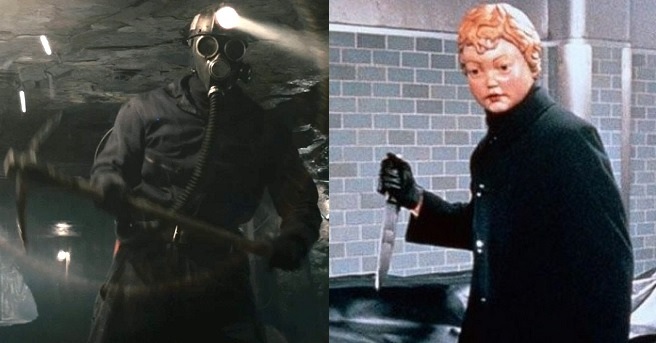
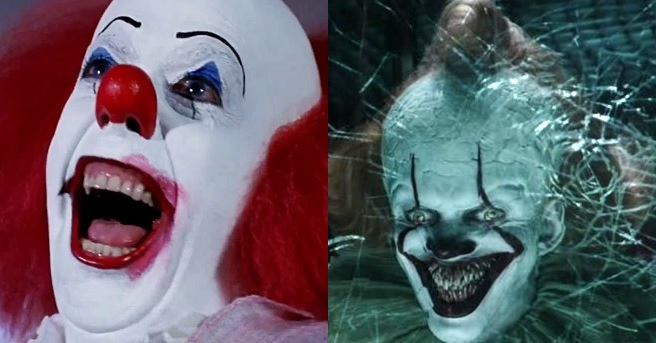
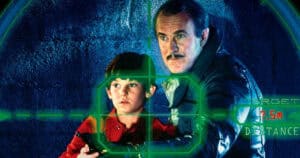



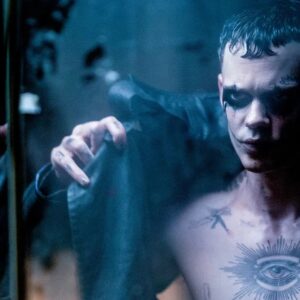



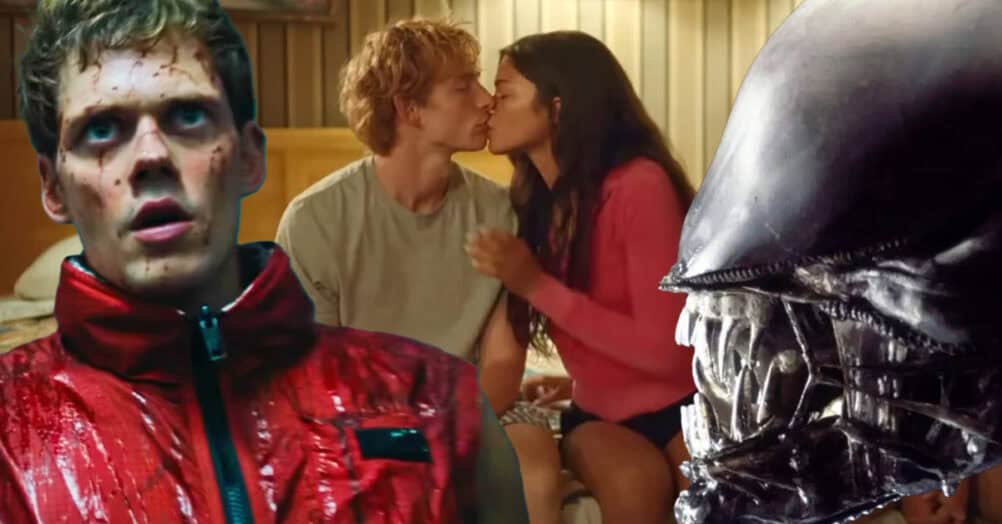

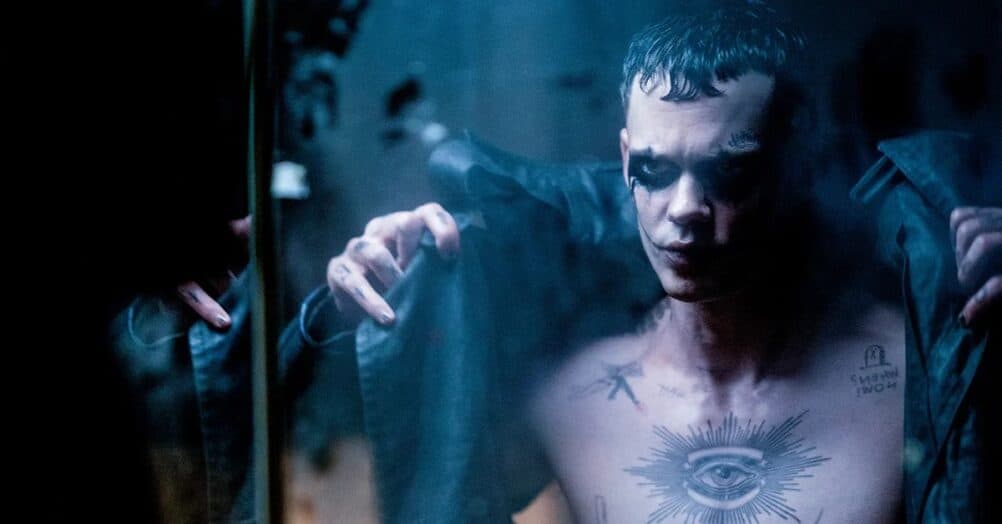
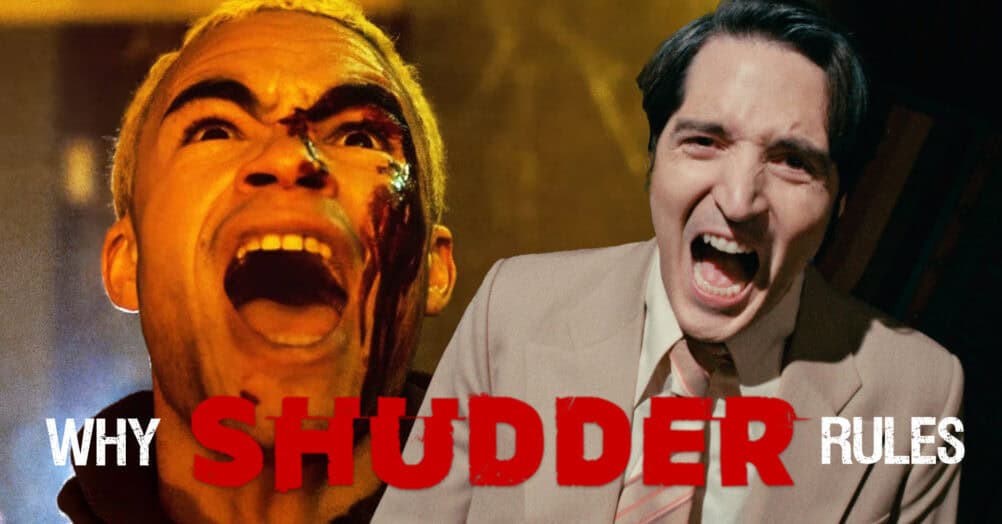

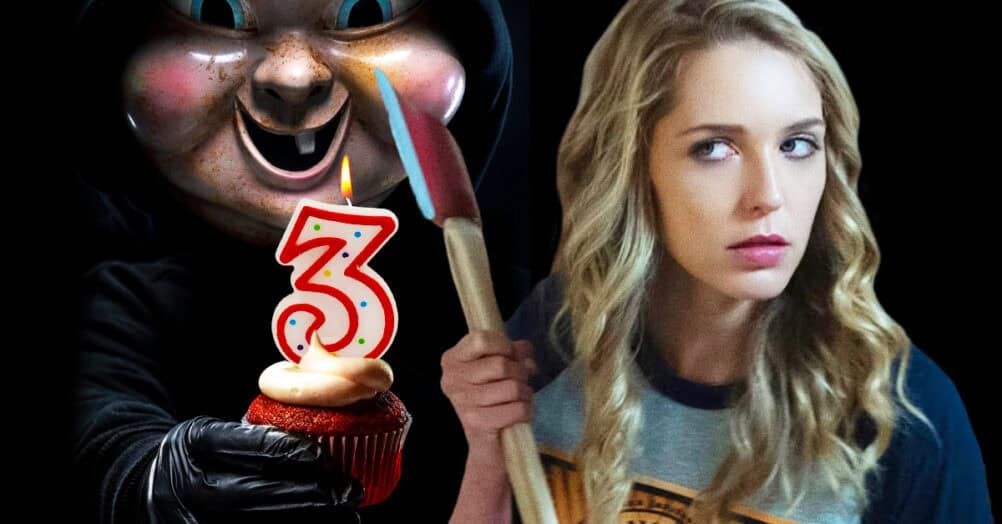


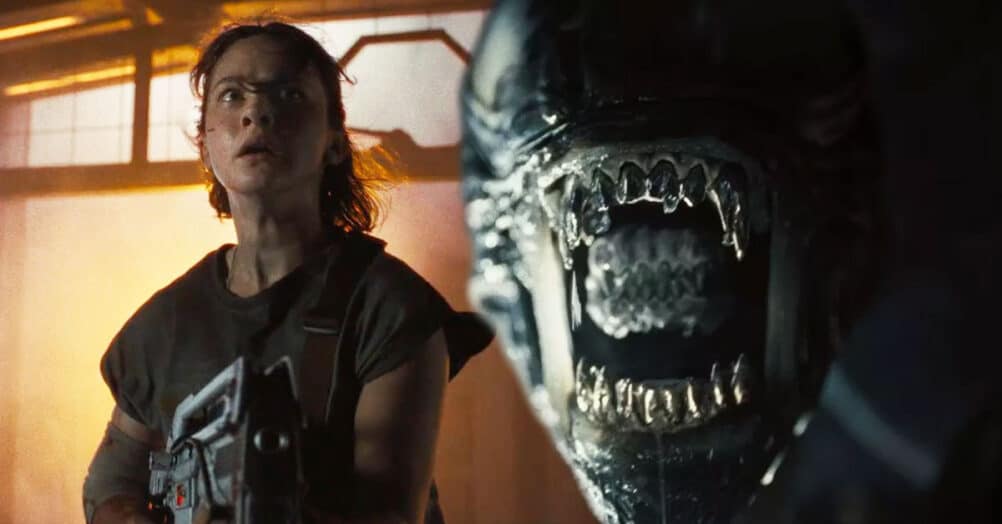

Follow the JOBLO MOVIE NETWORK
Follow us on YOUTUBE
Follow ARROW IN THE HEAD
Follow AITH on YOUTUBE